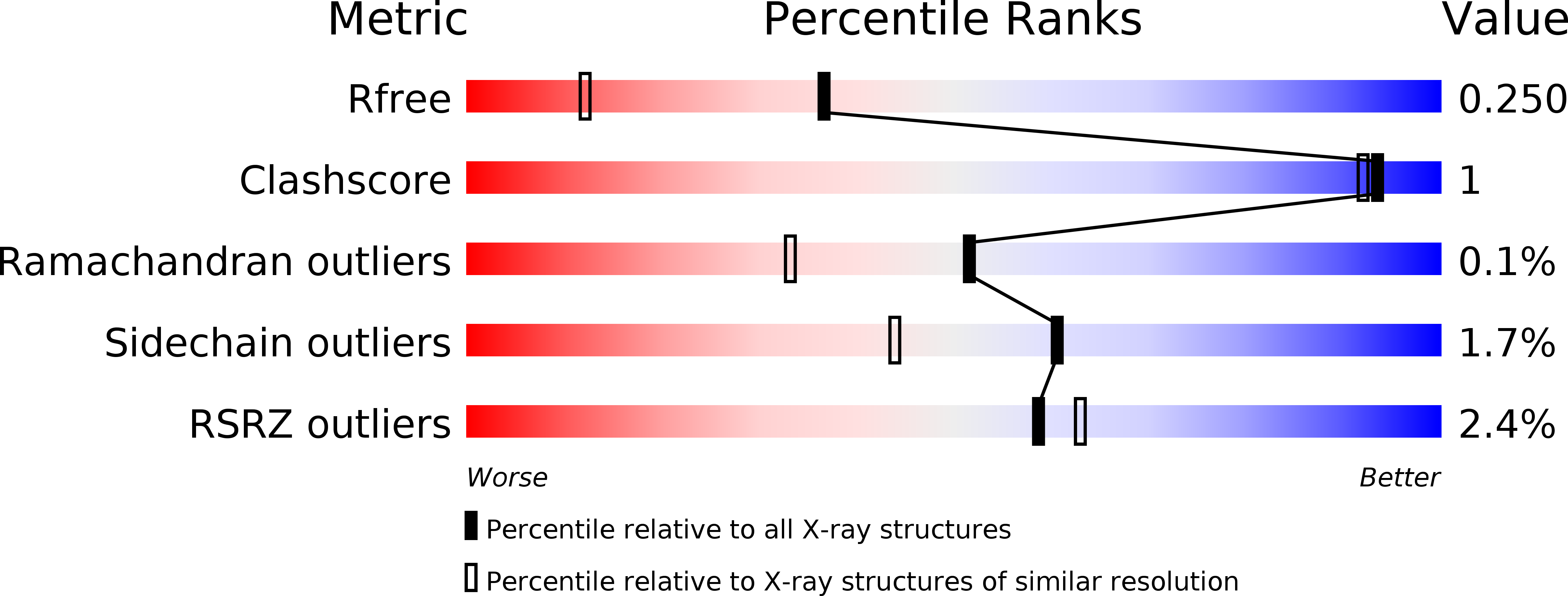
Deposition Date
2016-02-22
Release Date
2016-11-09
Last Version Date
2024-11-13
Method Details:
Experimental Method:
Resolution:
1.71 Å
R-Value Free:
0.24
R-Value Work:
0.21
R-Value Observed:
0.21
Space Group:
P 1 21 1


